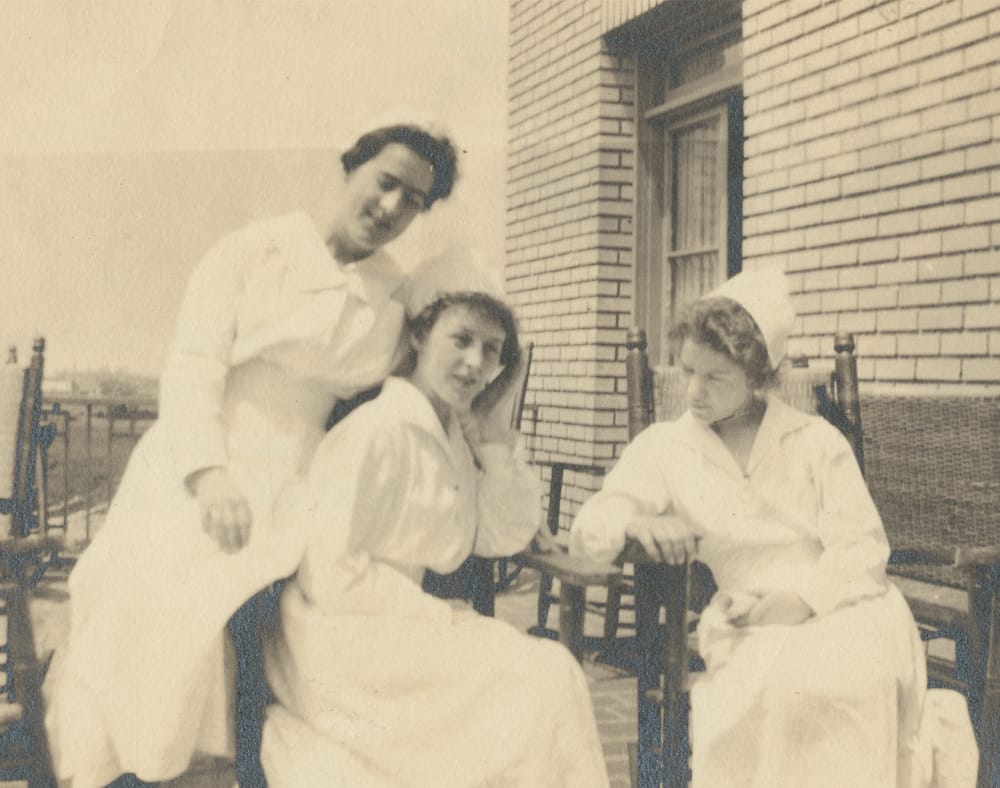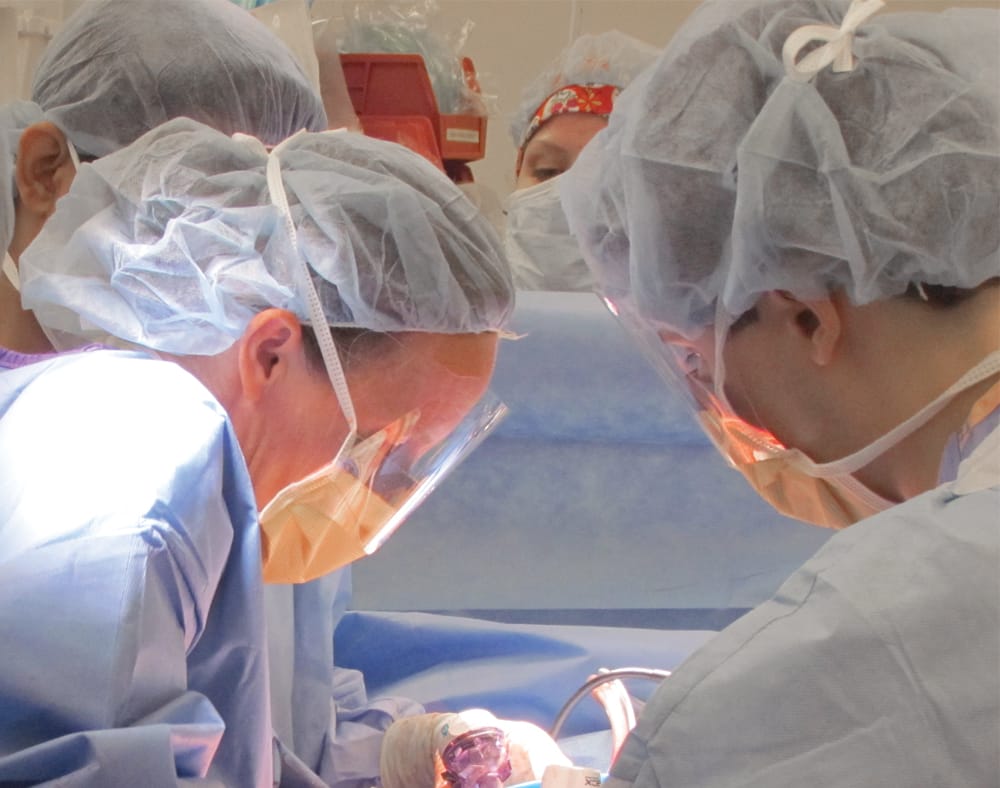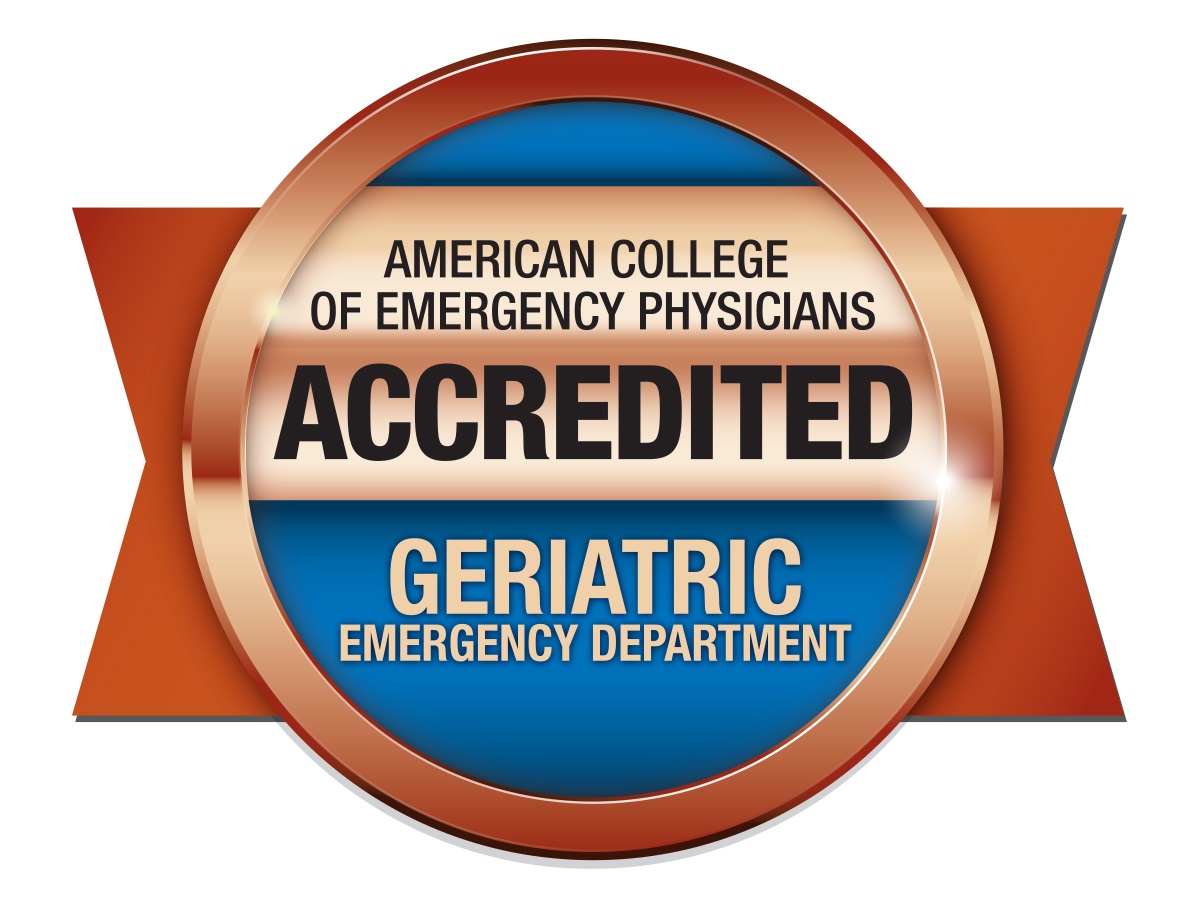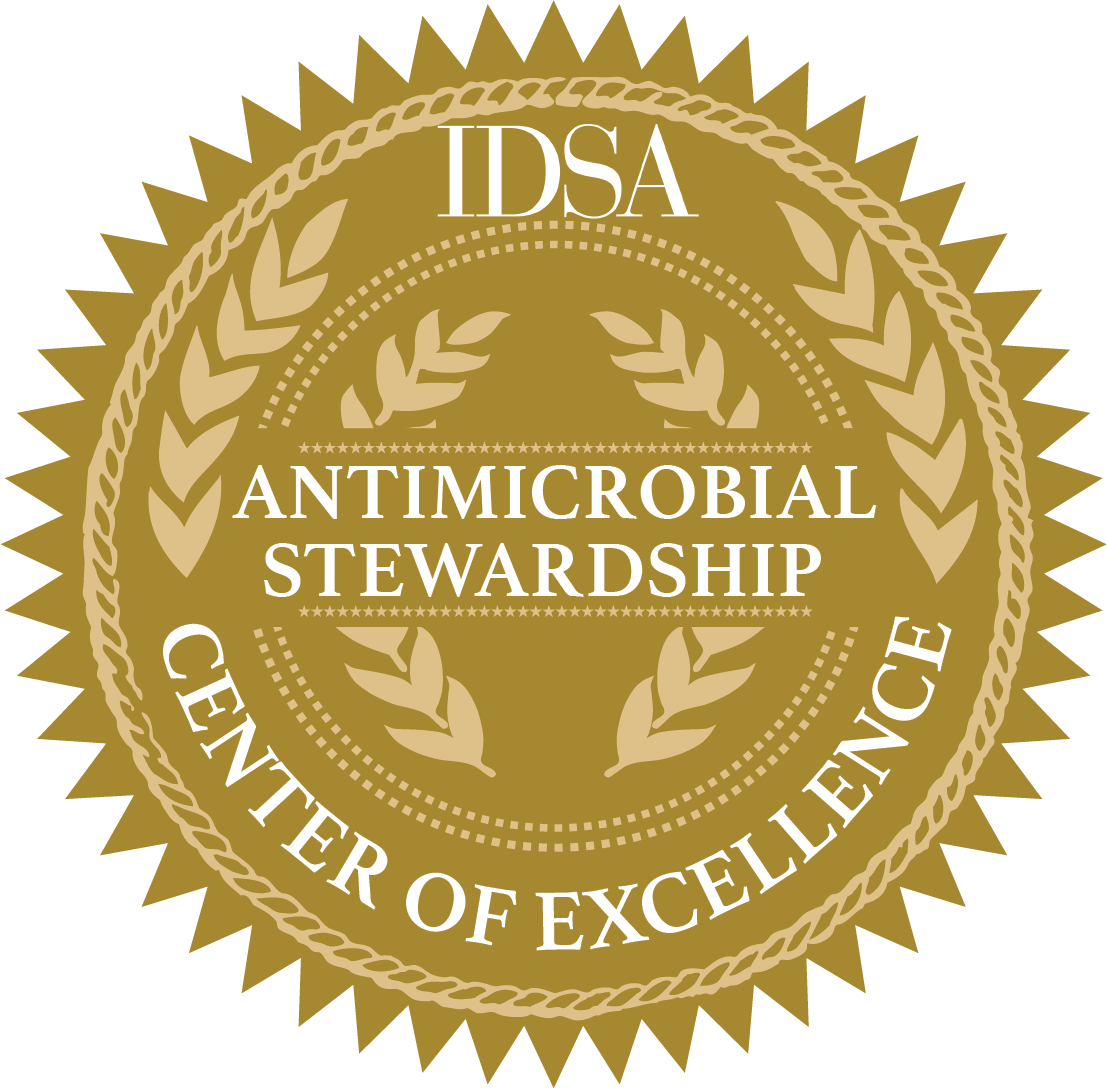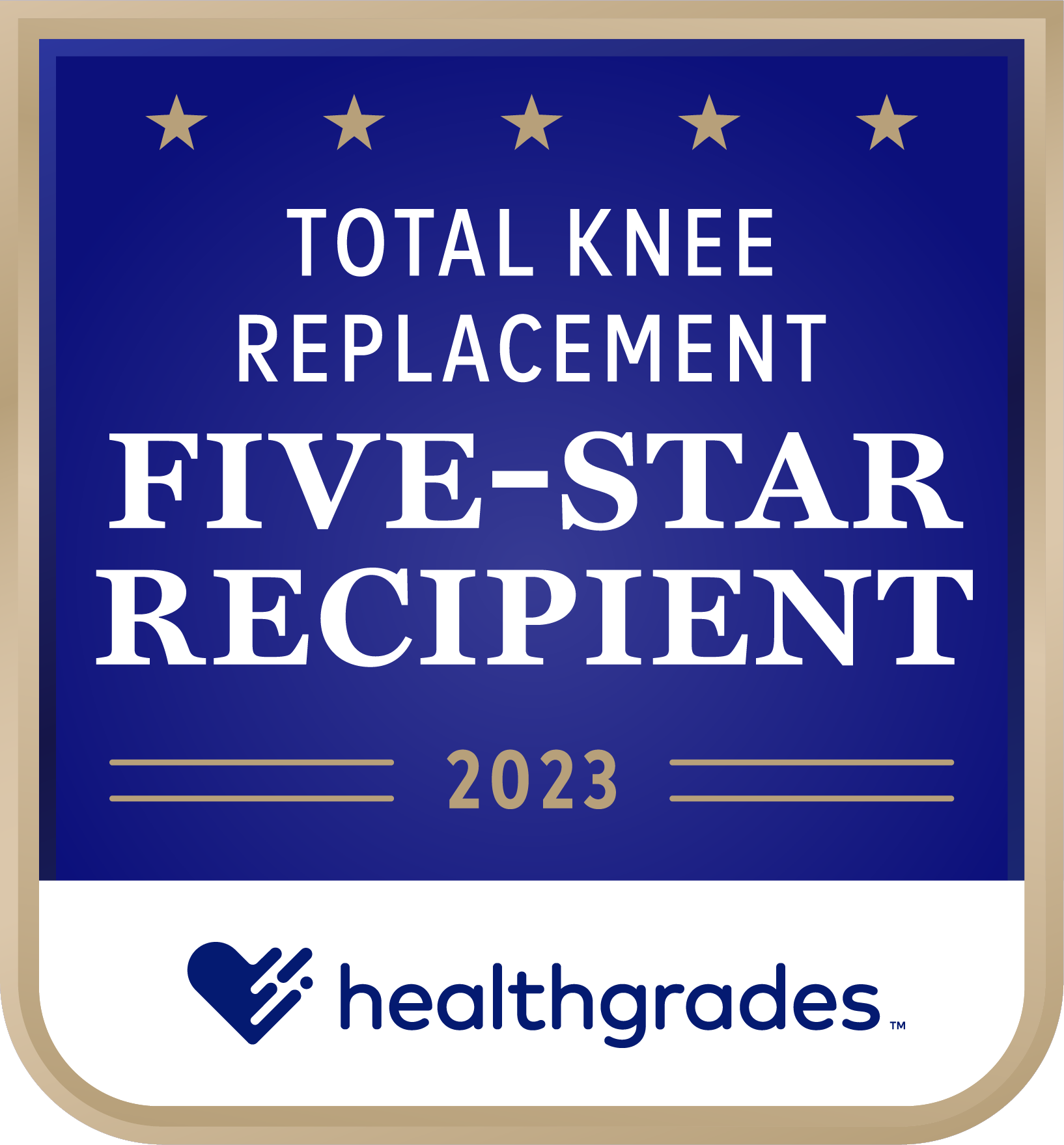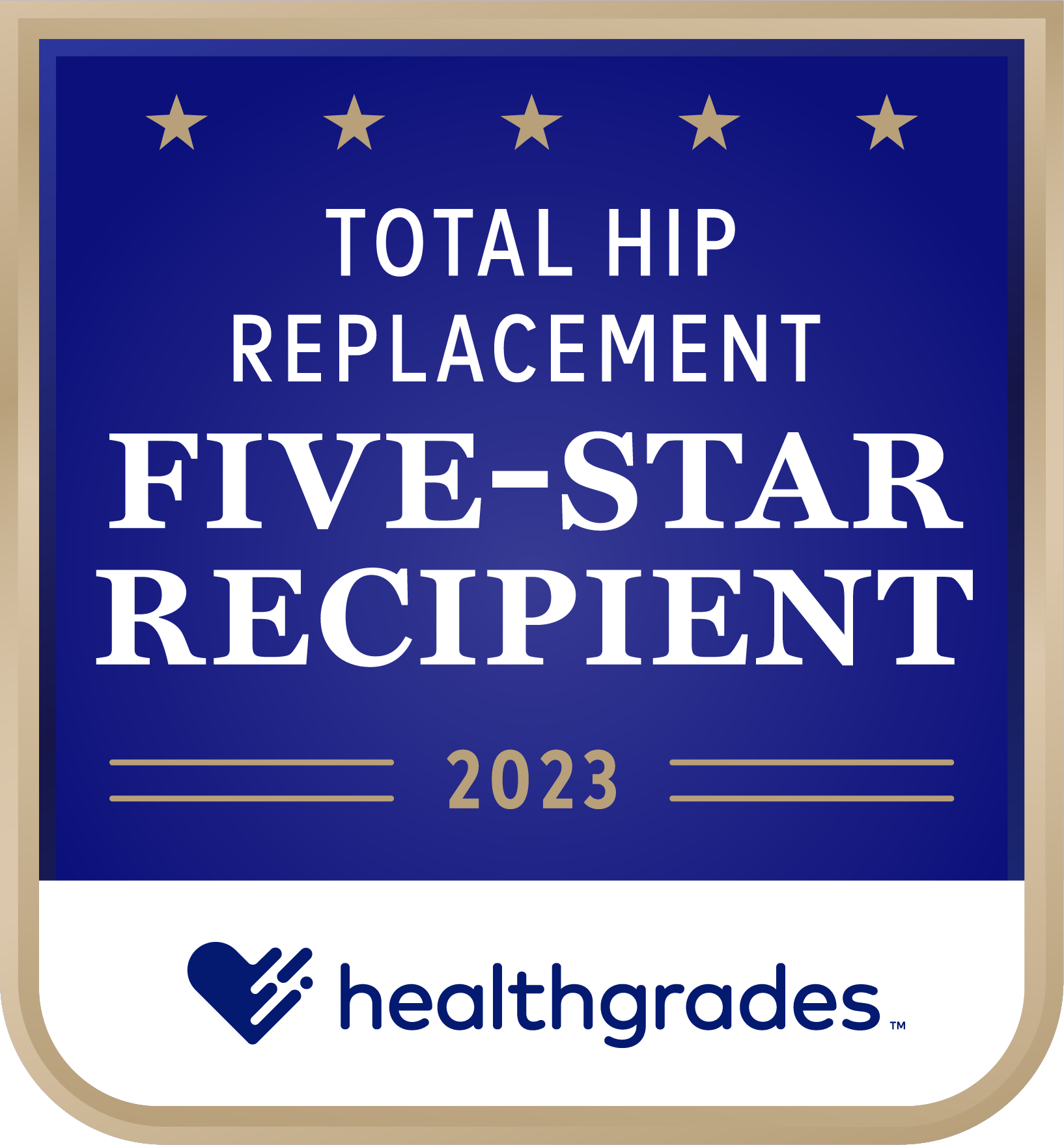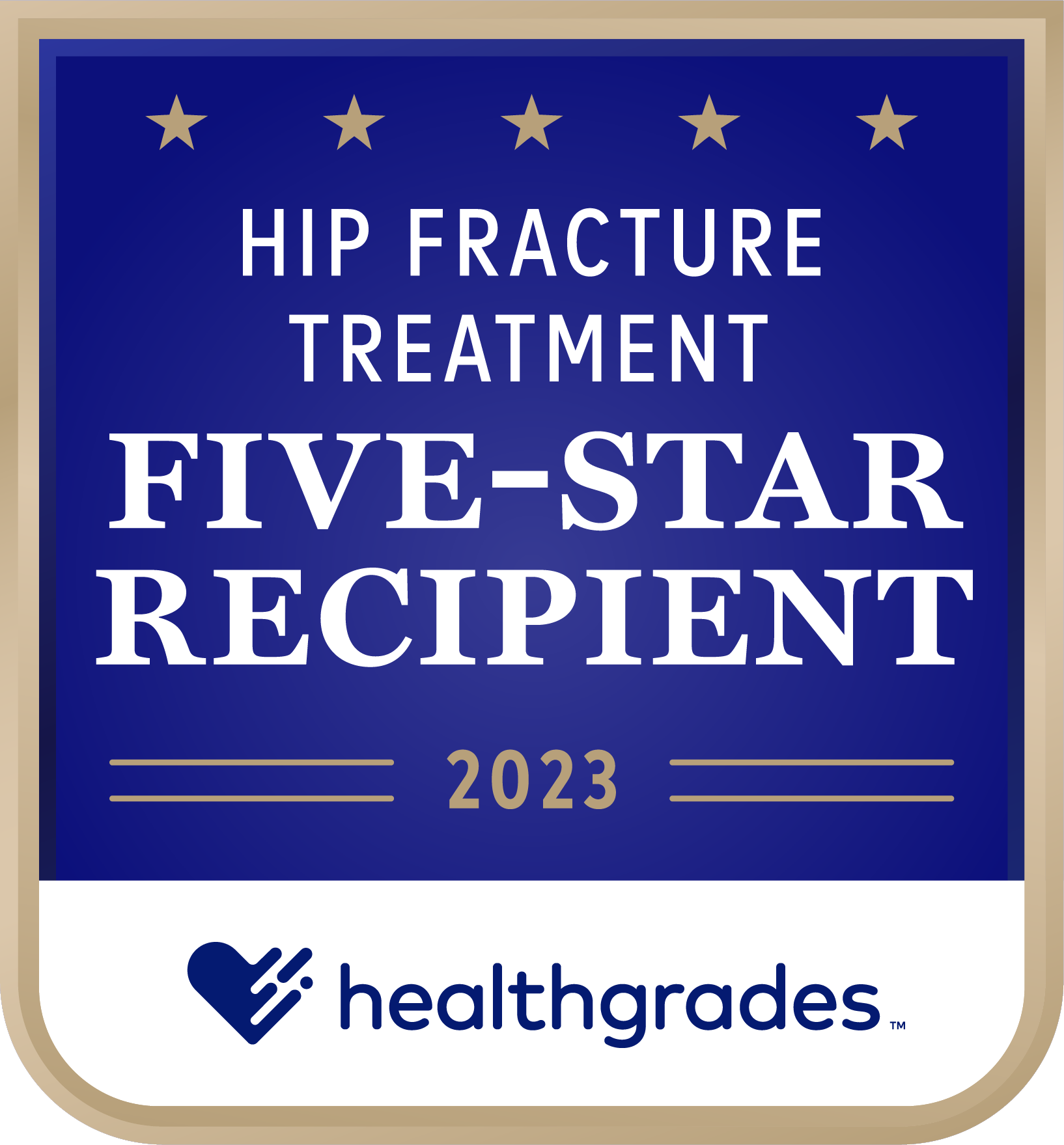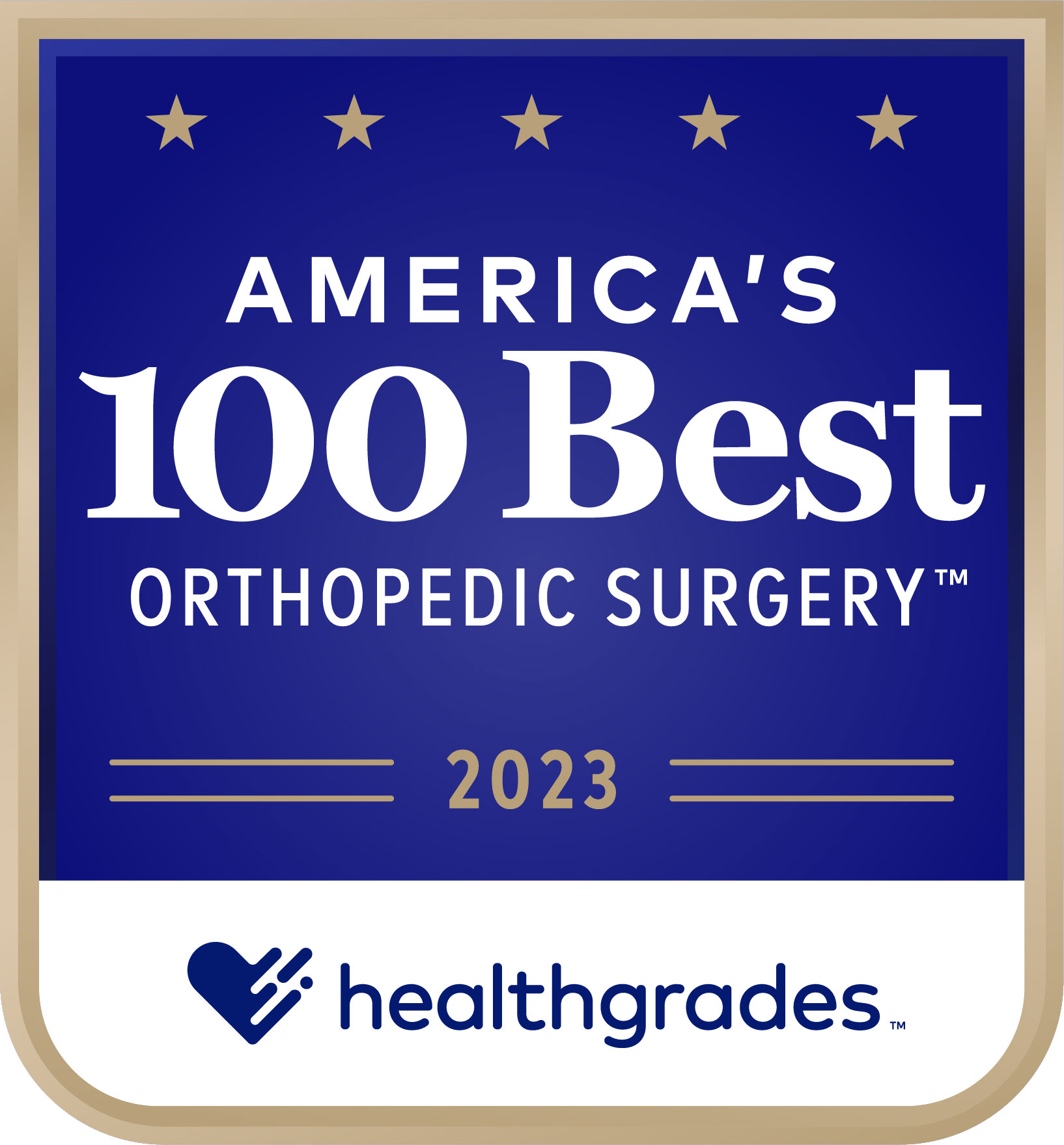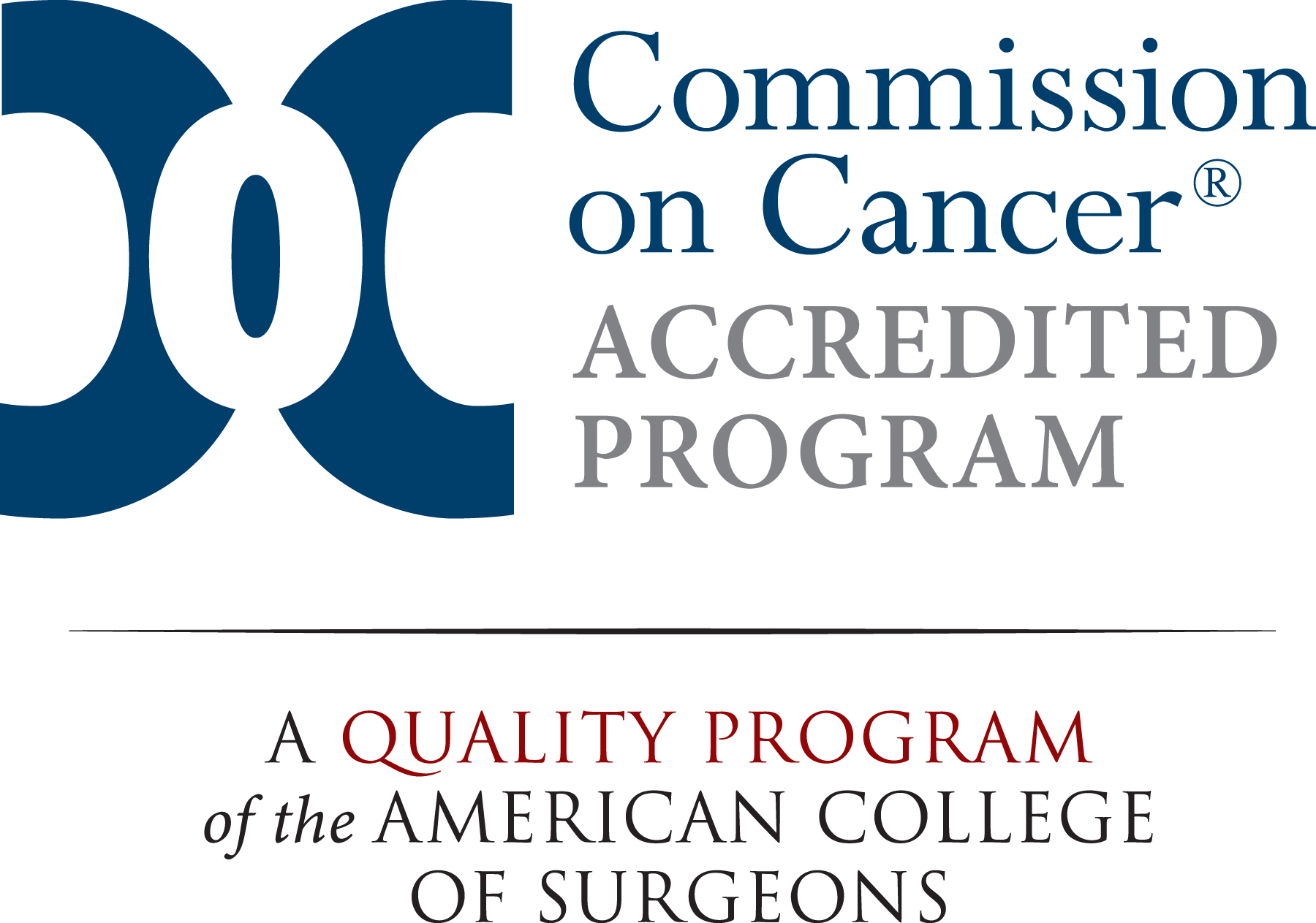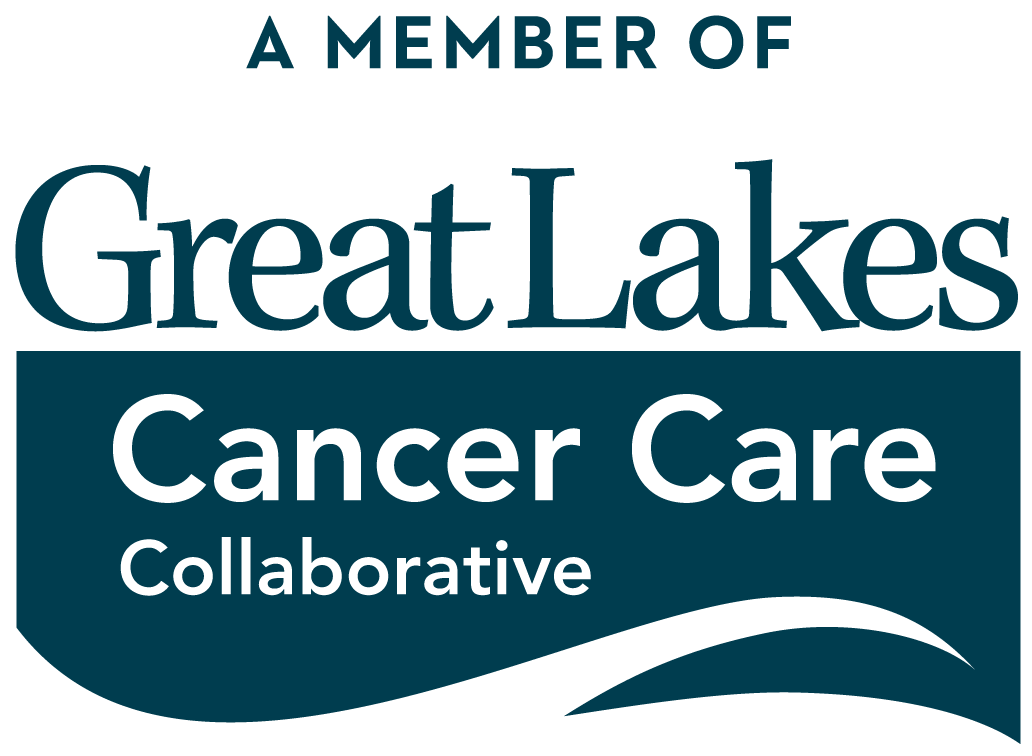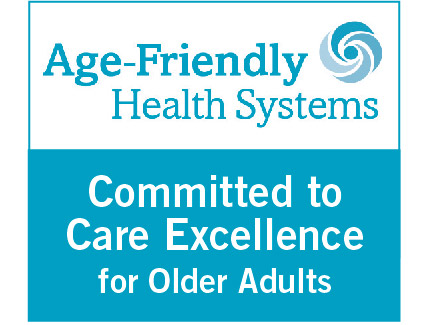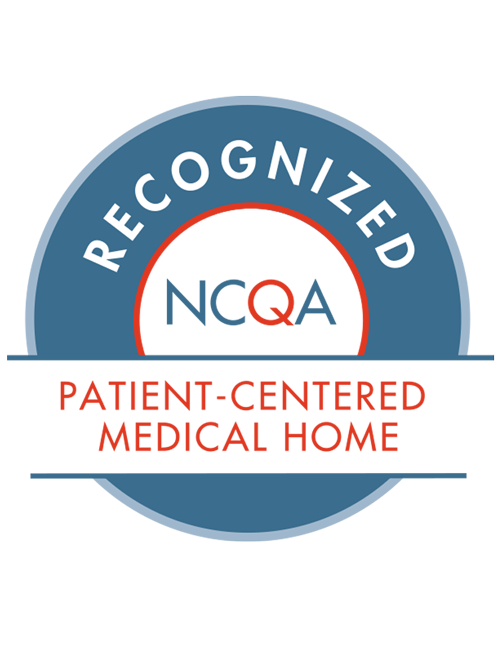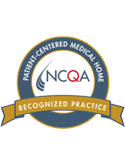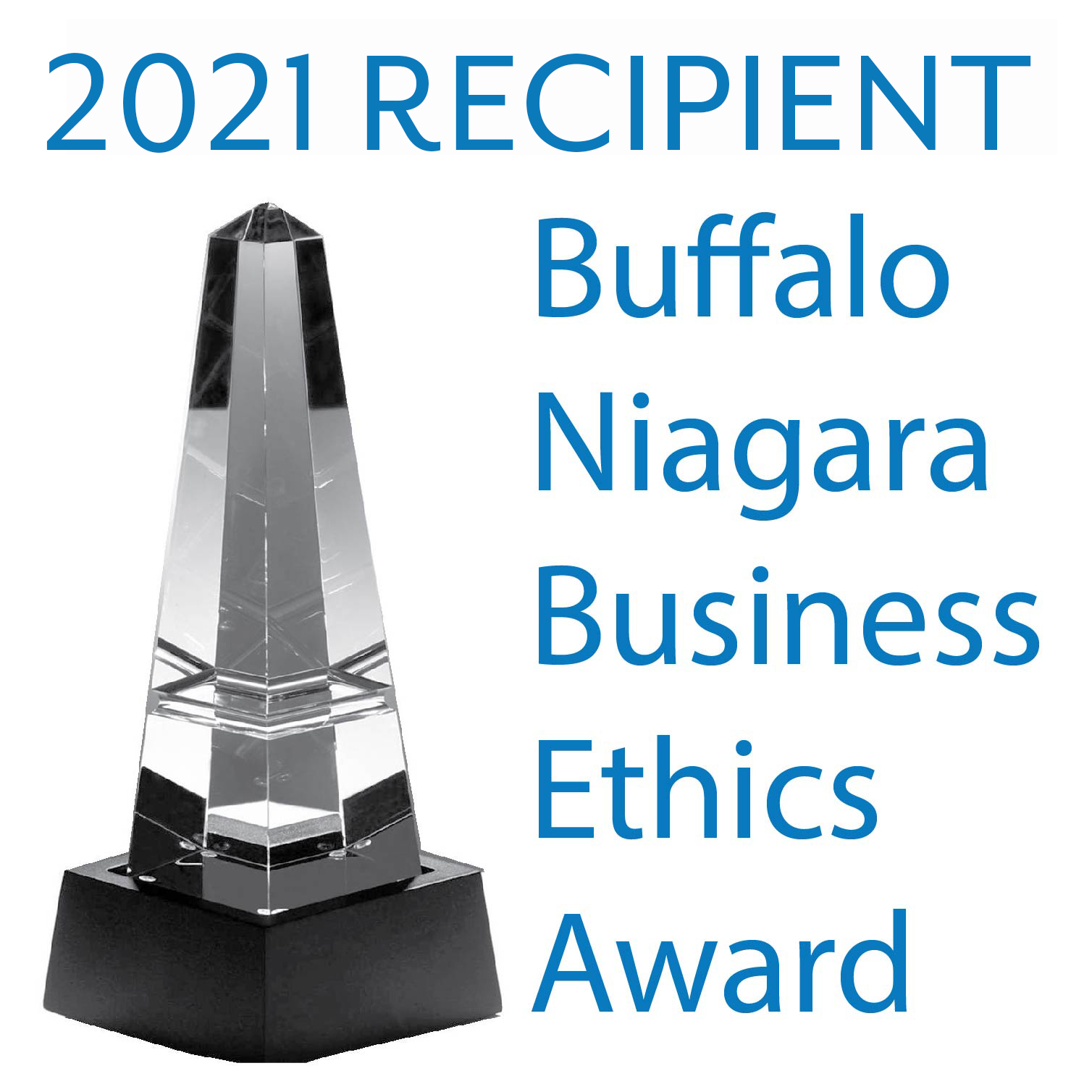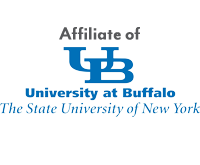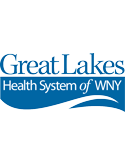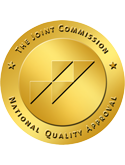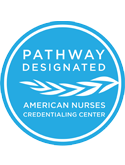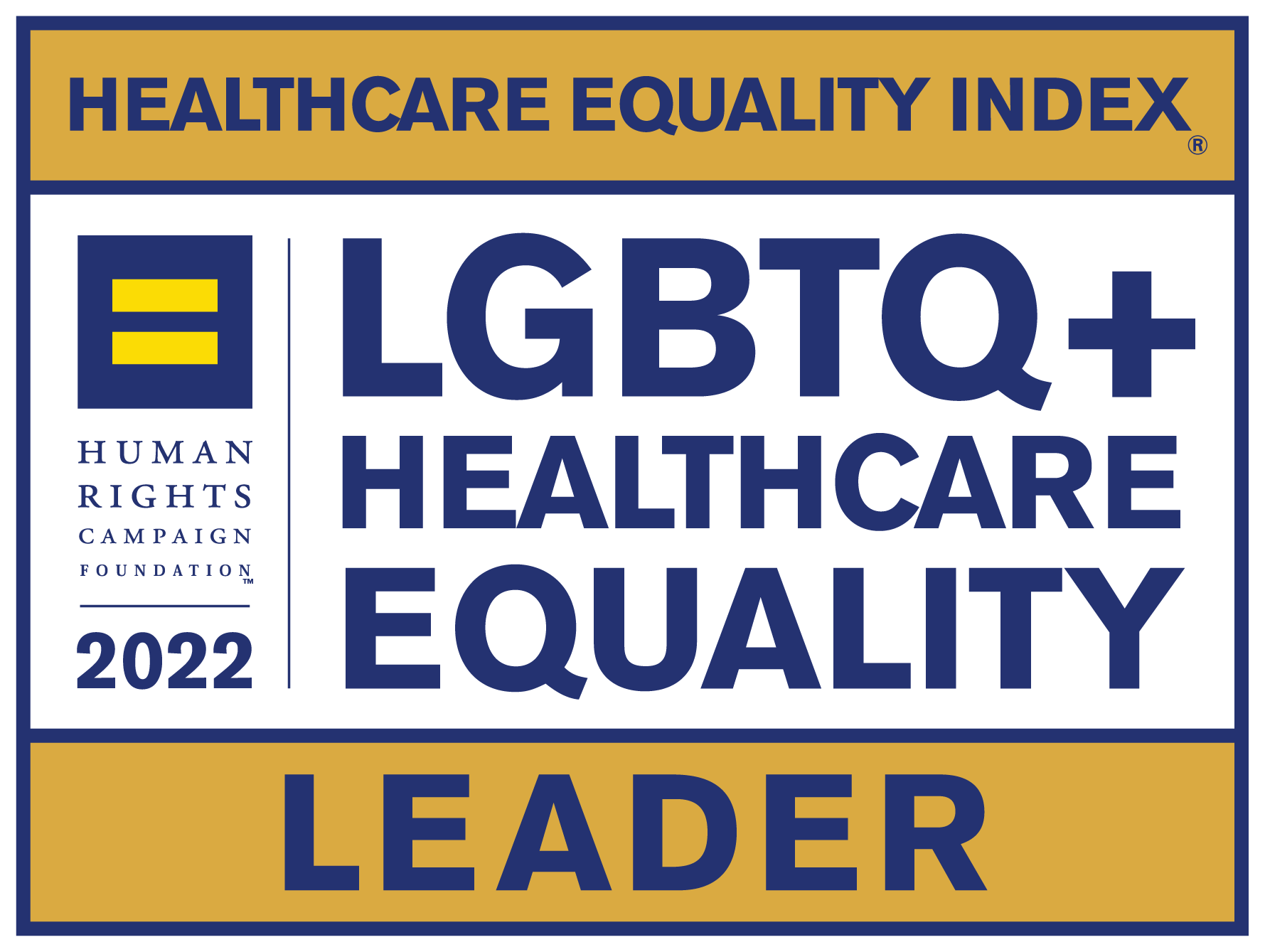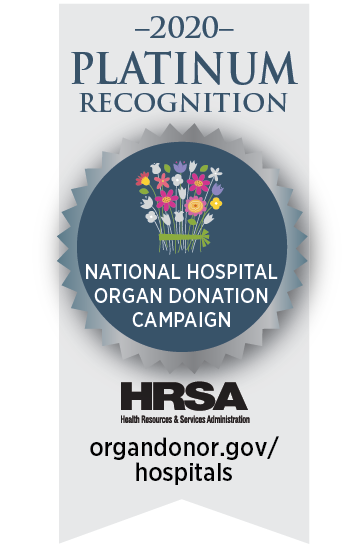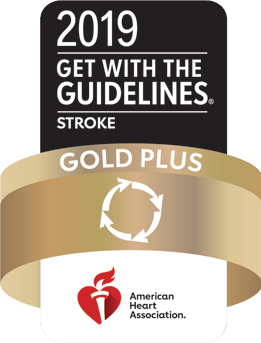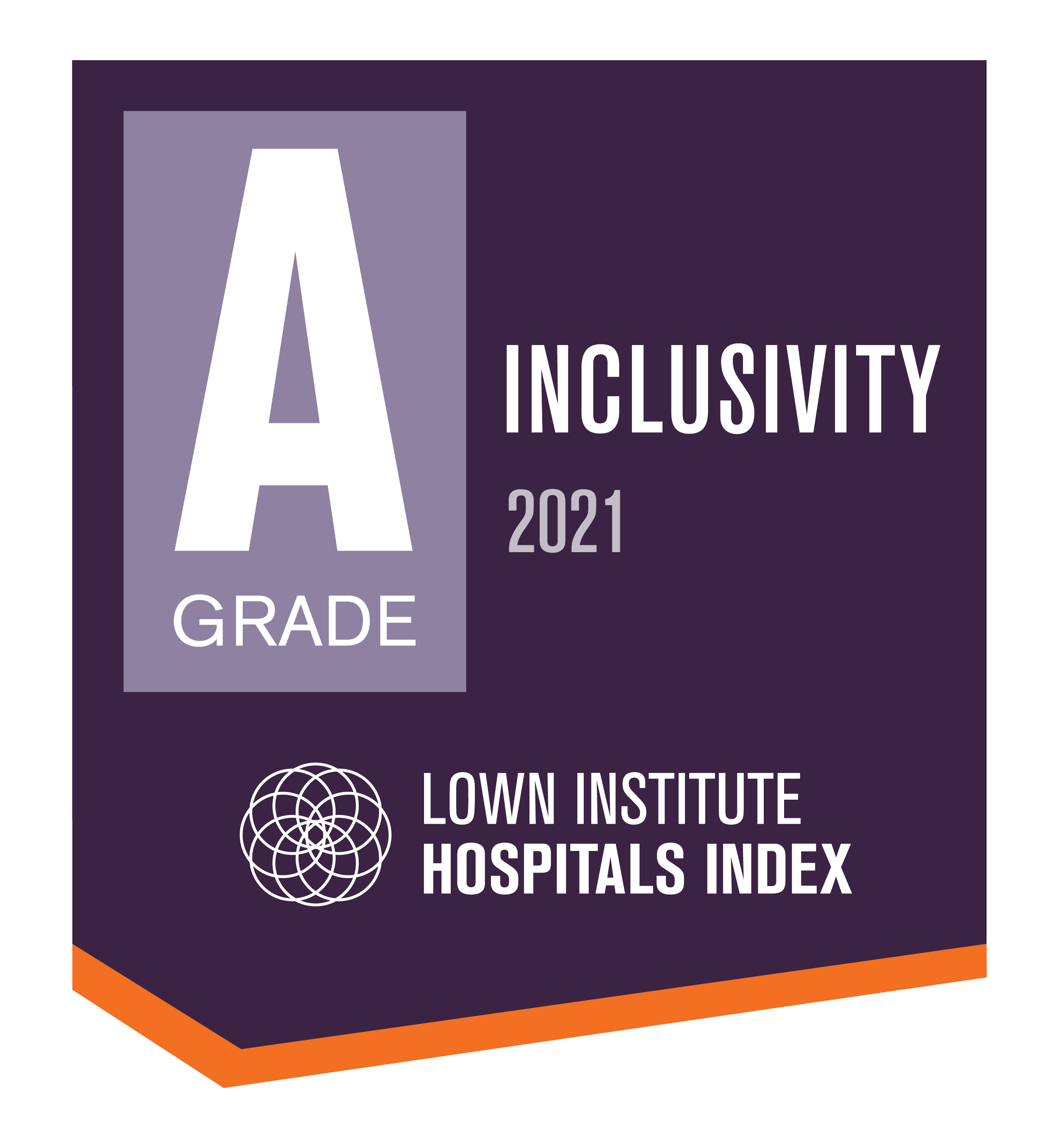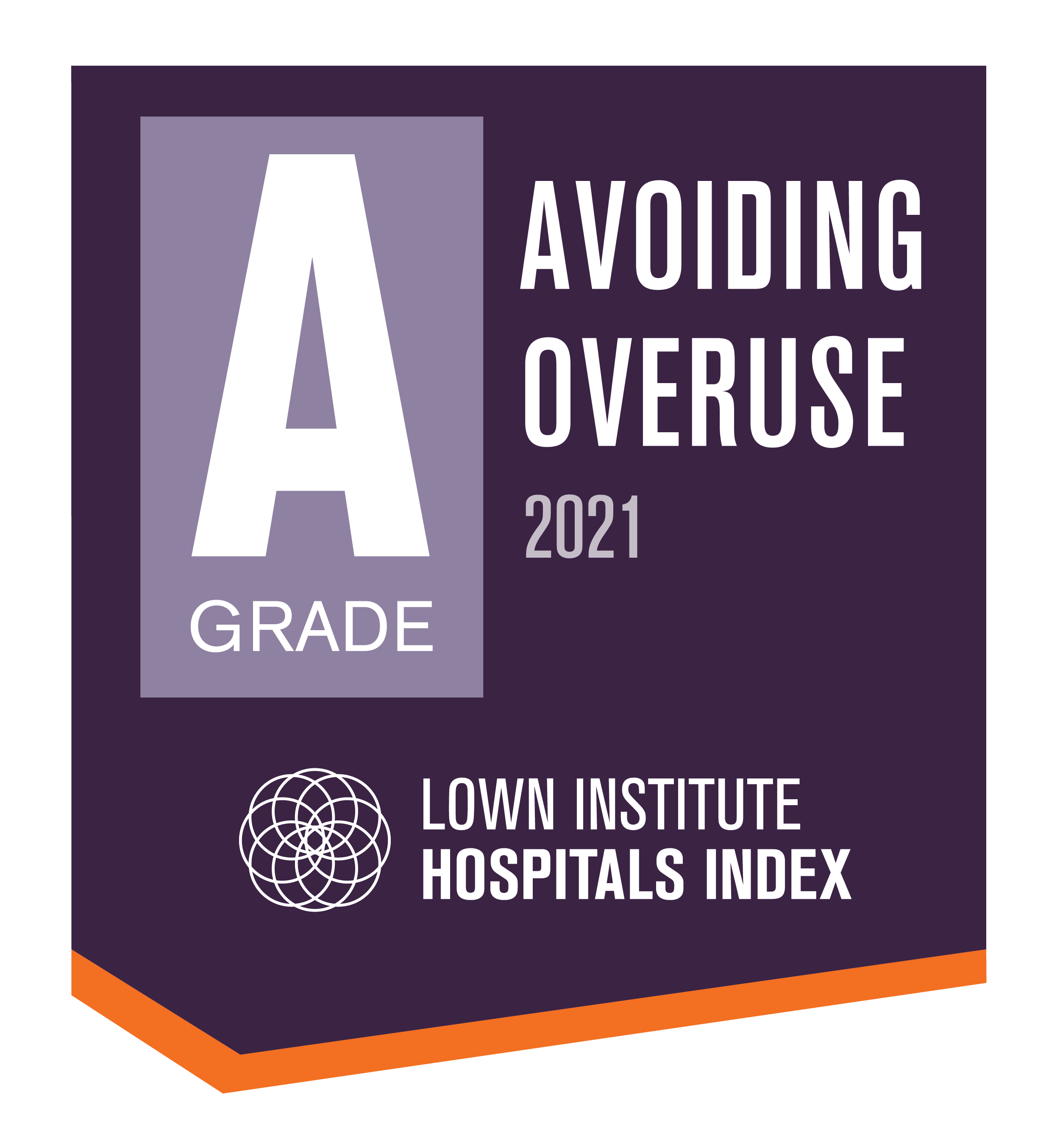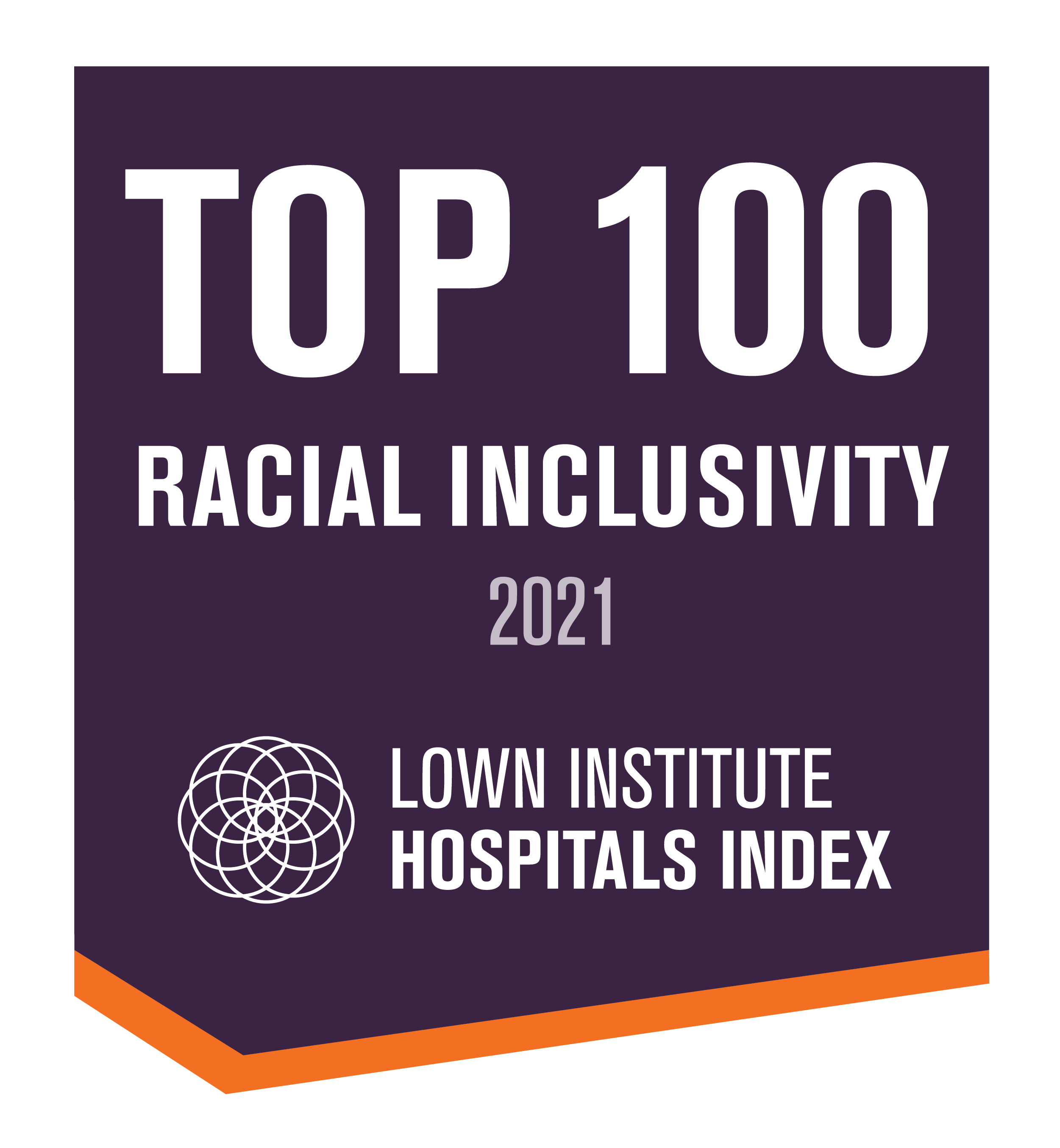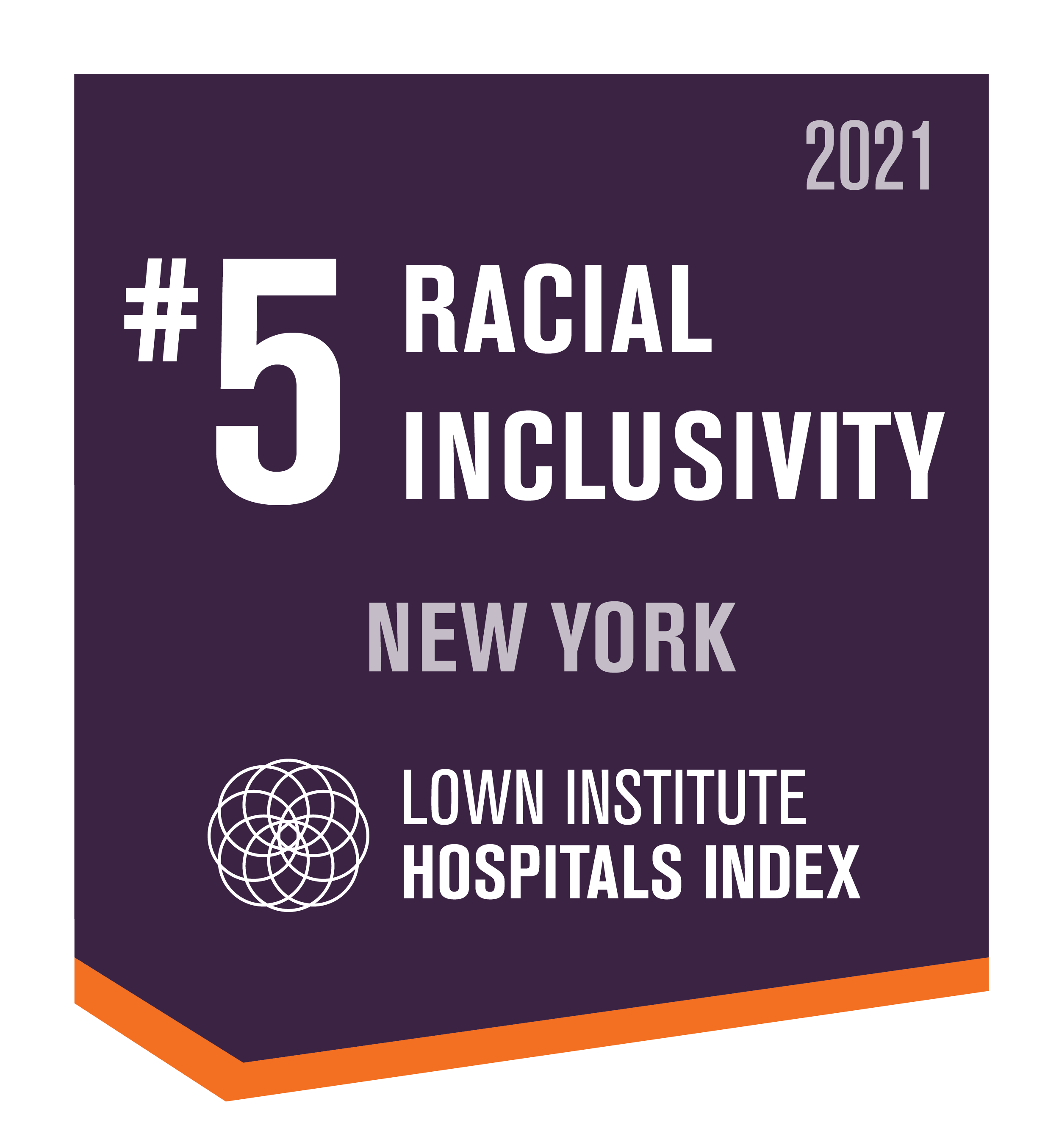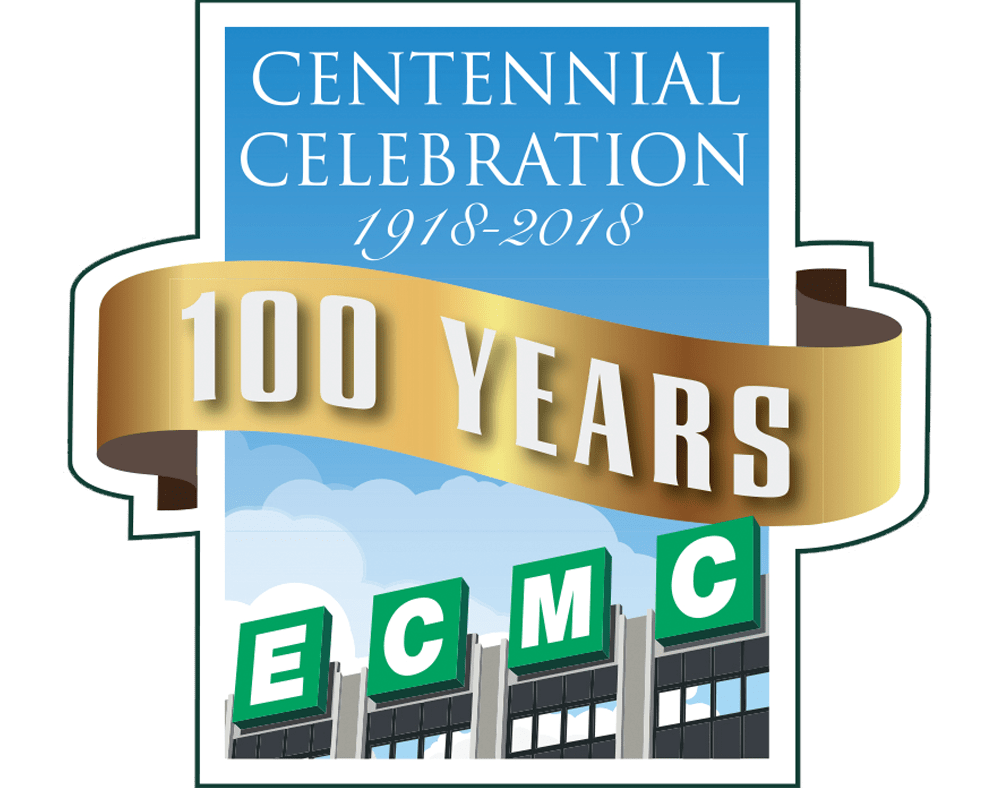
On March 19, 1918, the new City Hospital at 462 Grider Street opened as a public general hospital with 415 beds and the resources to provide special care for tuberculosis patients and those with acute communicable diseases. The following year, the City Hospital School of Nursing was founded , becoming the first diploma nursing school in Buffalo to include university courses, racially integrate students, and admit men. The transformation of an 82-acre farm on Buffalo’s East Side into a healthcare campus opened a century of delivering quality medical services that continues today at ECMC. From the early vision of physicians, nurses, and support staff who addressed the healthcare needs of Buffalo’s and Western New York’s residents at the turn of the 20th Century to today’s dedicated caregivers in the 21st Century, this healthcare institution continues to provide excellent patient care across multiple medical service lines, ensuring that every individual receives the care they expect and deserve.
This webpage is designed to share the remarkable history of ECMC as we continue to move forward. Please enjoy the legacy of this groundbreaking healthcare institution that has for 100 years delivered True Care to the residents of our region, maintaining the highest level of quality healthcare services for all.
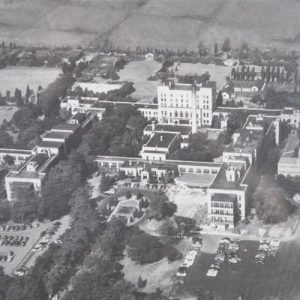
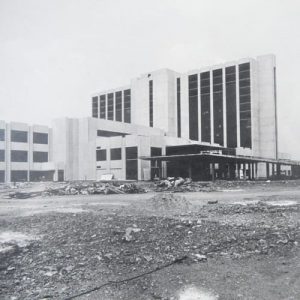
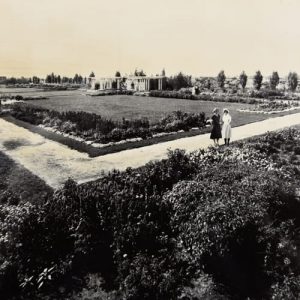
1918
- Buffalo City Hospital, forerunner of ECMC, opens on Grider Street as a public general hospital with 415 beds and the resources to provide special care for tuberculosis patients and those with acute communicable diseases.
1919
- The hospital’s school of nursing is founded. It was the first diploma nursing school in Buffalo to include university courses, racially integrate students, and admit men.
1924
- Opening of Crippled Children’s School at City Hospital.
1926
- Dr. Daniel H. Squire, dean of the University at Buffalo School of Dentistry, establishes a dental department at City Hospital, the first hospital department in the country to be part of a dental school.
1930
- Beginning of the hospital’s three-year residency program in medicine. The hospital also receives the full and unqualified approval of the American College of Surgeons as being acceptable for graduate training in surgery and surgical specialties.
1931
- City Hospital creates a 70-acre arboretum with a water garden. With more than 850 varieties of shrubs, evergreens, flowering plants and trees, the grounds are regarded as a national horticultural showplace.
1936
- City Hospital is approved by the AMA for a student doctors teaching program and the AMA ranked it among the best-staffed and highest credentialed hospitals in the country.
1937
- Successful treatment of schizophrenia at City Hospital. Dr. Emerick Friedman demonstrates results of 75 to 80 percent remissions using a recently discovered metrazol shock treatment.
1938
- City Hospital opens the first blood bank in Buffalo.
1939
- The name of Buffalo City Hospital is changed to the Dr. Edward J. Meyer Memorial Hospital to honor the man who had served as president of its board of managers for nearly 24 years, from the inception of the hospital to the death of Dr. Meyer in 1935. Dr. David K. Miller appointed physician-in-chief.
1940
- Eva Noles, the first African American student at the Buffalo City Hospital School of Nursing, graduates at the top of her class in 1940 and later goes on to a distinguished career as a registered nurse at Meyer Memorial Hospital and Roswell Park Cancer Institute.
- Meyer Memorial Hospital treats half of the city’s polio cases.
- Outpatient fracture clinic opens, the first in the city.
1941
- Dr. John D. Stewart is appointed surgeon in chief at Meyer Memorial Hospital and a surgical teaching program comes into being and grows to vigorous maturity under his directorship.
- Dr. William Clarke is appointed to succeed Dr. Walter Goodale as superintendent of Meyer Memorial in 1941. Dr. Clarke becomes only the second superintendent in the history of the hospital.
1946
- Control of the hospital passes from the City of Buffalo to the County of Erie in 1946. As the county hospital, it is considered a general hospital because all patients are admitted regardless of the nature of their illness. It is a public hospital because it accepts those patients regardless of their ability to pay.
- A new alcoholism clinic opens led by Dr. David K. Miller who came to Meyer Memorial Hospital in 1937 as director of laboratories and in 1939 became director of the Department of Medicine.
- Dr. Donald C. O’Connor is appointed the new superintendent of Meyer Memorial Hospital in 1946. Dr. O’Connor is a physician, surgeon, and a 1922 University of Buffalo medical graduate.
1947
- Meyer Memorial Hospital School of Nursing is the first in the area to admit men.
1951
- New Psychiatric Center is completed with twice the former capacity.
1952
- New outpatient clinic for children with polio.
1963
- Primary Medical Rehabilitation Center opens at Meyer Memorial. Called “the keystone in the arch of rehabilitation services in upstate New York.”
1965
- Intensive Care Unit opens to provide highly concentrated medical and nursing care.
1968
- Dr. John Border, a leading national pioneer in trauma care, and others establish the American Trauma Society (ATS). Today the ATS works to strengthen trauma centers, advises trauma patients and their families, and champions the establishment of injury prevention programs.
- ECMC nurse Anita Dorr, RN, develops and builds the first crash cart. It was designed to hold all the most essential tools and drugs needed in a medical crisis, particularly a patient in cardiac arrest. Originally known as the Dorr Cart, today’s crash cart, used universally in hospitals across the globe, contains defibrillators, advanced cardiac life support drugs, and other emergency medical items.
- ECMC begins performing kidney transplants in 1968. Today, ECMC remains in the forefront of major innovations in transplantation at the Regional Center of Excellence for Transplantation & Kidney Care.
1969
- Meyer adds nurses to ambulances when time may be a factor in saving a life.
- Meyer Memorial meets and surpasses the standards set by the Joint Commission on the Accreditation of Hospitals.
1971
- Groundbreaking for the new Erie County Medical Center, the largest construction project ever undertaken by Erie County.
- Dr. H. Courtenay Clarke, a gynecologist and resident physician devises a new surgical method through the use of laparoscopic surgery at Meyer Memorial.
1972
- Trauma center established at Meyer Memorial under the direction of Dr. John R. Border.
1975
- Meyer Hospital installs the area’s first cataract surgery machine, the phacoemulsifier, that uses a modified form of the surgery which is applied with congenital cataracts.
- Erie County’s only methadone detox program is conducted by the Emergency Drug Abuse Service at Meyer Memorial Hospital.
1977
- The Volunteer Services Department has 442 registered volunteers who donate 43,988 hours of time to the hospital.
1984
- Dedication ceremony for the David K. Miller Office Building.
1988
- NYS Dept of Health funds ECMC to be the diagnostic and medical center for the Alzheimer’s Disease Assistance Center of WNY.
1989
- Opening of ECMC’s Regional Burn Treatment Center.
1990
- Initiation of the Comprehensive Psychiatric Emergency Program (CPEP), one of only five designated sites in New York State.
1991
- ECMC emergency physicians were the first in the U.S. to use trauma ultrasound. first in
1992
- ECMC institutes WNY’s first home care program. Under the right conditions, patients can return home for continued care.
1999
- The Buffalo Professional Firefighters (rooftop) Heliport opens at ECMC, saving time and saving lives.
2000
- Opening of the Grider Family Health Center on the ECMC Health Campus.
2001
- ECMC opens an all new Heart Care Center featuring digital cardiac catheterization laboratories.
- ECMC upgrades its MRI unit with the addition of state-of-the-art technology to enhance image quality.
- The Center for Cancer Care at ECMC awarded a $30,000 grant from the WNY Affiliate of the Susan G. Komen Breast Cancer Foundation, Inc.
- ECMC was the only hospital in Western New York that was ranked among the nation’s 100 Top Hospitals in two service categories, Intensive Care and Cardiac Care.
2003
- Grand opening of new Minimally Invasive Surgery Center, the most technologically advanced adult surgical suite in WNY.
2004
- The Erie County Medical Center Healthcare Network becomes an autonomous health system via state statute as a New York State Public Benefit Corporation.
2006
- A report by the New York State Department of Health announces that ECMC has the best cardiac surgery survival rates in Western New York.
- ECMC ranks first among 50 New York trauma hospitals for trauma survival.
2007
- ECMC implements Bedside Medication Verification System to protect patients from medication errors.
- Breast Health Center and a Bone Health Center created.
- New cardiac catheterization suite opened featuring three digital imaging cath labs.
- ECMC is recognized in the 2007 “America’s Best Hospitals” issue of U.S. News & World Report by the American Heart Association/American Stroke Association’s Get With The Guidelines program in an ad for performance achievement in cardiac patient care.
2008
- Creation of Great Lakes Health System of Western New York forming a collaborative partnership among ECMC, Kaleida Health, the University at Buffalo and the Center for Hospice & Palliative Care.
- ECMC is approved as a Designated Stroke Center.
- Computerized Physician Order Entry System further improves patient safety.
2010
- Opening of Center for Wound Care & Hyperbaric Medicine.
2011
- Opening of Center of Excellence for Transplantation & Kidney Care.
2013
- Opening of 390-bed Terrace View Long-Term Care Facility on ECMC’s 65-acre Grider Street health campus.
2014
- Opening of Regional Center of Excellence for Behavioral Health.
2015
- The Committee on Trauma of the American College of Surgeons verifies ECMC a Level 1 Trauma Center, and the New York State Department of Health designates ECMC a Level 1 Adult Trauma Center, only the fifth in New York State.
- The Center for Occupational and Environmental Medicine (COEM) is created in 2015 to serve area workers who have work-related health issues. The COEM aims to prevent work-related illnesses and injuries through health education, early diagnosis, and treatment.
- ECMC opens the Russell J. Salvatore Orthopaedic Unit, named as such as a result of a generous contribution from Buffalo restaurateur and philanthropist Russell J. Salvatore.
- Carestream, a medical imaging company, and UBMD Orthopaedics & Sports Medicine begin clinical studies at ECMC on a new diagnostic imaging system used to treat orthopaedic conditions.
2016
- Opening of new Outpatient Center for Orthopaedic Care.
- ECMC earned The Joint Commission’s Gold Seal of Approval® for its full Hospital Accreditation for a three-year period by demonstrating continuous compliance with its performance standards. The Gold Seal of Approval® is a symbol of quality that reflects an organization’s commitment to providing safe and effective patient care.
- Also earned the Joint Commission’s Gold Seal of Approval® for Opioid Treatment Accreditation by demonstrating continuous compliance with its performance standards.
- New York Governor Andrew M. Cuomo signs into law an amendment that permits ECMC Corporation to enter into agreements for the creation and operation of integrated health care delivery services in collaboration with Kaleida Health and the University at Buffalo.
- ECMC recognized by Apogee Physicians as “Hospital of the Year” during a national meeting in Phoenix, AZ.
2017
- Medical Intensive Care Unit (MICU) awarded a silver-level American Association of Critical Care Nurses (AACN) Beacon Award for Excellence, which is a three-year designation highlighting the Unit’s achievement of exceptional care through improved outcomes and greater overall patient satisfaction.
- The Centers for Medicare and Medicaid Services (CMS), part of the Department of Health and Human Services (HHS) determined that ECMC’s Terrace View Long-Term Care Facility has earned a Four-Star Rating for Overall Quality.
- ECMC received the American Heart Association/American Stroke Association’s Get With The Guidelines®-Stroke Gold Plus Quality Achievement Award. The award recognizes the hospital’s commitment and success in ensuring stroke patients receive the most appropriate treatment according to nationally recognized, research-based guidelines based on the latest scientific evidence.
- Commission on Accreditation of Rehabilitation Facilities (CARF) issued three-year accreditation to ECMC’s Inpatient Rehabilitation Programs (through June 30, 2020) stating that this “achievement is an indication of [ECMC’s] dedication to improving the quality of the lives of the persons served.”
2018
- ECMC verified as a Level 1Trauma Center by the Verification Review Committee (VRC), an ad hoc committee of the Committee on Trauma (COT) of the American College of Surgeons (ACS). This achievement recognized ECMC’s dedication to providing optimal care for injured patients.
- NYS Department of Health Commissioner, based on American College of Surgeons’ verification of ECMC as Level 1 Trauma Center, designated ECMC as a Level 1 Adult Trauma Center, stating “This is a significant achievement not only for your institution and for the New York Trauma system as a whole, but for the community you serve.”
- Successful 5-year reaccreditation by The Centers for Medicare and Medicaid Services (CMS), part of the Department of Health and Human Services (HHS) of Transplant program, housed in ECMC’s Regional Center of Excellence for Transplantation and Kidney Care.
- Synergy Bariatrics / Center for Bariatric and Metabolic Surgery accredited for a second consecutive three-year period as a “Comprehensive Center” under the Metabolic and Bariatric Surgery Accreditation and Quality Improvement Program (MBSAQIP®) – a joint program of the American College of Surgeons (ACS) and the American Society for Metabolic and Bariatric Surgery (ASMBS).
- CARF International (Commission on Accreditation of Rehabilitation Facilities) awarded three-year accreditation to ECMC’s Acute Inpatient Rehabilitation Unit.
- U.S. Department of Health & Human Services Centers for Medicare & Medicaid Services (CMS) ranked ECMC’s Terrace View Long-Term Care Facility #1 in its Skilled Nursing Facility Value-Based Purchasing Program out of 15,421 skilled nursing facilities nationwide.
- Commission on Dental Accreditation (CDA) for ECMC’s Advanced Education Program in General Practice Residency was “approval without reporting requirements.” The CDA visiting committee concluded that the program was in compliance with CDA policies and procedures. Based on a review of the program’s outcomes assessment process and resident achievement measures, the visiting CDA committee found the program demonstrated positive programmatic resident achievement outcomes through the American Board of General Dentistry Outcomes Assessment Examination, end-of-year evaluation of program by residents, resident evaluations, and graduating resident placement.
- ECMC broke ground in June for the hospital’s future $55 million Trauma Center and Emergency Department, which will double the size of the existing 40-year old facility and feature state-of-the-art technology and equipment. Originally opened in 1978 to accommodate 35,000-40,000 patients annually, the current facility reached patient levels of nearly 70,000 for both 2016 and 2017.
2019
- The American College of Radiology’s Commission on Quality and Safety designated ECMC a Diagnostic Imaging Center of Excellence. The three-year designation Diagnostic Imaging Center of Excellence (DICOE) award signified that ECMC delivered the highest levels of imaging quality, safety and care.
- The Centers for Medicare and Medicaid Services (CMS), part of the Department of Health and Human Services (HHS) determined that ECMC’s Terrace View Long-Term Care Facility has earned a Five-Star Rating for Overall Quality, marking the first time in its history that Terrace View received the highest CMS rating.
- ECMC Family Health Center received a Certificate of Recognition from the National Committee for Quality Assurance for “systematic use of patient-centered, coordinated care management processes.”
- YOU Center for Wellness at Erie County Medical Center received NYS Department of Health Commissioner’s Special Recognition Award for World AIDS Day. Providing HIV/AIDS services since 1984, the Center used a systematic model to envelope patients with supportive services necessary to achieve an overall viral suppression rate of 90%, compared to the national average of 59.8%.
2020
- ECMC designated as a Pathway to Excellence® organization by the American Nurses Credentialing Center. To qualify, organizations must meet six Practice Standards essential to an ideal nursing practice environment. Applicants undergo a review process to fully document the integration of those standards in the organization’s practices, policies, and culture. Pathway designation can only be achieved if an organization’s nurses validate the data and other evidence submitted, via an independent, confidential survey.
- ECMC celebrated the opening of the institution’s new main entrance, now known as the Russell J. Salvatore Atrium. Named for beloved the local restaurateur and philanthropist who donated $1 million to the institution’s capital campaign.
- Medical Intensive Care Unit (MICU) again awarded a silver-level American Association of Critical Care Nurses (AACN) Beacon Award for Excellence, which is a three-year designation highlighting the Unit’s achievement of exceptional care through improved outcomes and greater overall patient satisfaction.
- ECMC’s Roger W. Seibel, MD, Burn Treatment Center awarded a silver-level American Association of Critical Care Nurses (AACN) Beacon Award for Excellence, which is a three-year designation highlighting the Center’s achievement of exceptional care through improved outcomes and greater overall patient satisfaction. ECMC’s Roger W. Seibel, MD, Burn Treatment Center was the only standalone burn treatment center in New York State to receive this national recognition of their clinical excellence.
- ECMC earned platinum level national recognition for its efforts to increase organ, eye, and tissue donor registrations across the state through the Workplace Partnership for Life (WPFL) Hospital Organ Donation Campaign. The WPFL is a national initiative that unites the U.S. Department of Health and Human Services, Health Resources and Services Administration (HRSA), and the organ donation community with workplaces across the nation in spreading the word about the importance of donation.
- Commission on Accreditation of Rehabilitation Facilities (CARF) issued three-year accreditation to ECMC’s Acute Inpatient Rehabilitation Programs (through June 30, 2023) stating that this “achievement is an indication of [ECMC’s] dedication to improving the quality of the lives of the persons served.”
- ECMC awarded inaugural IDEA award from Business First as one of eight companies in Western New York who prioritize the importance of diversity and inclusion, champion equitable human resources practices and develop inclusive cultures.
- ECMC in late May celebrated the opening of the institution’s new $55 million KeyBank Trauma and Emergency Department, which doubled the size of the existing 40-year-old facility and feature state-of-the-art technology and equipment for the region’s only Level I Adult Trauma Center. The project has raised nearly $15 million from private philanthropy and received a $10 million award from New York State. The new facility, designed by CannonDesign and built by The Pike Company, nearly doubled facility square footage to 54,000sf and increased treatment space from 36 to 57 stations including 4 dedicated trauma rooms, 2 behavioral health safe rooms, 2 isolation rooms, and 4 medical resuscitation rooms. It featured intradepartmental imaging consisting of 2 CT rooms and 2 x-ray rooms, direct access from the hospital’s rooftop helipad, and a care initiation zone to support an enhanced triage model of care.
2021
- Trauma Intensive Care Unit (TICU) awarded a silver-level American Association of Critical Care Nurses (AACN) Beacon Award for Excellence, which is a three-year designation highlighting the Unit’s achievement of exceptional care through improved outcomes and greater overall patient satisfaction.
- Dr. Anthony Martinez’s clinic received $1,500,000 over 5 years grant from the NYS AIDS Institute/NYS Department of Health for ECMC’s program: Eliminating Hepatitis C by Improving Access to Hepatitis Care and Treatment.
- ECMC named among the top 50 hospitals in the United States for racial inclusivity. The Lown Hospital Index has developed the first ranking to examine the racial inclusivity of over 3,200 hospitals in the country to assess their success at serving the people of color living in their communities.
- Terrace View Long-Term Care Facility recognized on Newsweek’s Best Nursing Homes 2022 list. The Best Nursing Homes 2022 ranking lists the best nursing homes in the 25 states with the highest population size according to The United States Census Bureau. The list evaluates the best nursing homes according to key performance data, peer recommendations, and the response to the COVID-19 pandemic.
- ECMC received the 2021 Buffalo Niagara Business Ethics Association Crystal Award in the large business category (over 100 employees) during the 15th Annual Buffalo Niagara Business Ethics Association awards ceremony. The award highlights the importance of ethical behavior by celebrating companies that consistently demonstrate ethical conduct in everything they do – particularly during the challenging time of the COVID-19 pandemic for businesses.
- ECMC’s MWBE Team honored by NYS Governor Kathy Hochul with the MWBE Champion Award at the Annual NYS MWBE Forum. The MWBE Champion Award honors New York State Agency and Authority staff for their support of the State’s MWBE program. In the state’s fiscal year 2020-21, ECMC was responsible for $14.5 million to NYS Certified MWBEs, representing 34.73% utilization, well exceeding the NYS goal of 30%.
- ECMC announced that the exterior enhancement work on the hospital main tower building exterior had been completed as part of an extensive, multi-year improvement and modernization project. The work began in July 2018 with the start of precast concrete repair and water-repellent coating of the exterior walls to better protect them from the elements and brighten the outer skin of the building. The first new window panel was installed on July 25, 2019. A total of 4,456 new glass panels were installed. The new, more energy-efficient and durable glass panels are tinted blue and the new panels above and below the glass panels are also a shade of blue giving the hospital building a more modern appearance.
2022
- ECMC reverified with zero deficiencies as a Level 1Trauma Center by the Verification Review Committee (VRC), an ad hoc committee of the Committee on Trauma (COT) of the American College of Surgeons (ACS).
- ECMC’s Regional Center of Excellence for Transplantation and Kidney Care, led by Dr. Liise Kayler, set another annual record for ECMC, performing 148 kidney transplants during the year.
- ECMC recognized by the Buffalo Purchasing Initiative for superseding its goal in 2021for spending with businesses owned by people of color by 44%.
- ECMC one of 496 national healthcare institutions to earn an “LGBTQ+ Healthcare Equality Leader” designation from the Human Rights Campaign; more than 2,000 healthcare facilities nationwide evaluated for their dedication and commitment to LGBTQ inclusion.
- Synergy Bariatrics/Center for Bariatric and Metabolic Surgery was accredited for a third consecutive three-year period as a Comprehensive Center under the Metabolic and Bariatric Surgery Accreditation and Quality Improvement Program (MBSAQIP®) – a joint program of the American College of Surgeons (ACS) and the American Society for Metabolic and Bariatric Surgery (ASMBS).
- ECMC announced that its hip replacement surgery service has been ranked in the nation’s top 7% by US News & World Report. ECMC earned the highly respected publication’s High Performing ranking, placing it among 437 hospitals out of 6,000 evaluated for the service.
- The Commission on Dental Accreditation adopted a resolution granting the ECMC maxillofacial prosthetics fellowship program the accreditation classification of “initial accreditation.” There are only five domestic and two military CODA-accredited 12-month Maxillofacial Prosthetics certificate training programs in the United States: Memorial Sloan-Kettering Cancer Center (MSKCC), Mayo Clinic, MD Anderson Cancer Center, University of Alabama, University of California at Los Angeles (UCLA), United States Air Force & United States Navy. In the past 20 years, multiple maxillofacial prosthetics fellowship programs have closed, making the training less accessible to residents and the care less accessible to patients. The new program open in July 2023 at ECMC.
- ECMC awarded its first NIH grant as the prime institution. The grant, totaling $900,368 over two years, was awarded to ECMC under National Institute of Dental & Craniofacial Research of the National Institutes of Health. The principal investigator for the grant is Dr. Jennifer L. Frustino, DDS. The goal of the research, “HPV and HIV Coinfection: Clinical, Socio-Behavioral, and Microbiome Implications”, is to identify markers that will help predict, prevent, and ultimately treat HPV infection and its resulting conditions in people living with HIV.
- ECMC’s Terrace View Long-Term Care Facility again recognized on Newsweek’s Best Nursing Homes 2023 list. This prestigious award is presented by Newsweek and Statista Inc., the world-leading statistics portal and industry ranking provider. Only four percent of nursing homes nationwide received this distinction. Of the 600 skilled nursing facilities state-wide that operate, 42 received this recognition. It is a distinct honor to be ranked amongst the best nursing homes within both the state and the nation. This is the third consecutive year Terrace View has received this recognition.
- The Commission on Cancer (CoC), a quality program of the American College of Surgeons (ACS) granted Three-Year Accreditation to the cancer program at Erie County Medical Center. To earn voluntary CoC accreditation, a cancer program must meet 34 CoC quality care standards, be evaluated every three years through a survey process, and maintain levels of excellence in the delivery of comprehensive patient-centered care.
- ECMC announced that it is one of America’s 100 Best Hospitals for Orthopedic Surgery, according to new research released by Healthgrades, the leading marketplace connecting doctors and patients. This achievement reflected ECMC’s outstanding clinical outcomes for Orthopedic Surgery and puts ECMC in the top 5% of hospitals nationwide for overall Orthopedic services. ECMC was also honored with the 2023 Orthopedic Surgery Excellence Award™, a Five-Star rating in Total Knee Replacement for 2 years in a row (2022-2023), a Five-Star rating for Hip Fracture Treatment for 13 years in a row (2011-2023) and a 2023 Five-Star Distinction in Total Hip Replacement.
- ECMC named among the top 100 hospitals in the United States and #5 in New York State for racial inclusivity by the Lown Hospital Index. ECMC also received ‘A’ Grades in: Social Responsibility, Health Equity, Value of Care, Community Benefit, Inclusivity, Avoiding Overuse. The Lown Hospital Index developed the first ranking to examine the racial inclusivity of over 3,200 hospitals in the country to assess their success at serving the people of color living in their communities.
2023
- The Joint Commission granted ECMC three-year Comprehensive Accreditation.
- Successful reaccreditation by The Centers for Medicare and Medicaid Services (CMS), part of the Department of Health and Human Services (HHS) of Transplant program, housed in ECMC’s Regional Center of Excellence for Transplantation and Kidney Care.
- Commission on Accreditation of Rehabilitation Facilities (CARF) issued three-year accreditation to ECMC’s Acute Inpatient Rehabilitation Programs (through June 30, 2026) stating that this “achievement is an indication of [ECMC’s] dedication to improving the quality of the lives of the persons served.”
- ECMC’s Laboratory Services received another two-year accreditation for ECMC’s Transfusion Services following bi-annual on-site assessment by the Association for the Advancement of Blood and Biotherapies (AABB).
- ECMC again recognized by the Lown Institute for outstanding social responsibility, receiving an “A” grade on the 2023-24 Lown Institute Hospitals Index. ECMC achieved this honor through strong performance across metrics of health equity, patient outcomes, and value of care, out of more than 3,600 hospitals nationwide. In 2021, ECMC was ranked among the top 100 hospitals in the United States for racial inclusivity by the Lown Institute; in 2022 ECMC was ranked in the top 50 hospitals in the country for racial inclusivity.
- ECMC’s Terrace View Long-Term Care Facility again recognized on Newsweek’s Best Nursing Homes 2024 list. This prestigious award is presented by Newsweek and Statista Inc., the world-leading statistics portal and industry ranking provider. Only four percent of nursing homes nationwide received this distinction. Of the 600 skilled nursing facilities state-wide that operate, 42 received this recognition. It is a distinct honor to be ranked amongst the best nursing homes within both the state and the nation. This is the fourth consecutive year Terrace View has received this recognition.
- ECMC earned platinum recognition for its efforts to increase organ and tissue donor registrations across the country, through the DoNation Campaign. DoNation is a national initiative sponsored by the U.S. Department of Health and Human Services, Health Resources and Services Administration (HRSA), to educate our community about the crucial need for organ and tissue donation and to encourage people to sign up as organ and tissue donors. Since 2011, this campaign has encouraged more than 60,000 donor registrations nationwide. Between October 2022 and September 2023, ECMC has actively participated in this campaign to earn this federal recognition.
You are now leaving ECMC.edu
Erie County Medical Center Corporation (ECMCC) is not responsible for the content, privacy policy, accuracy or legality of any website accessed through a link on www.ecmc.edu. A link to another website does not constitute an endorsement, guarantee or approval by ECMCC of the linked website, or the information, products or services contained therein.


